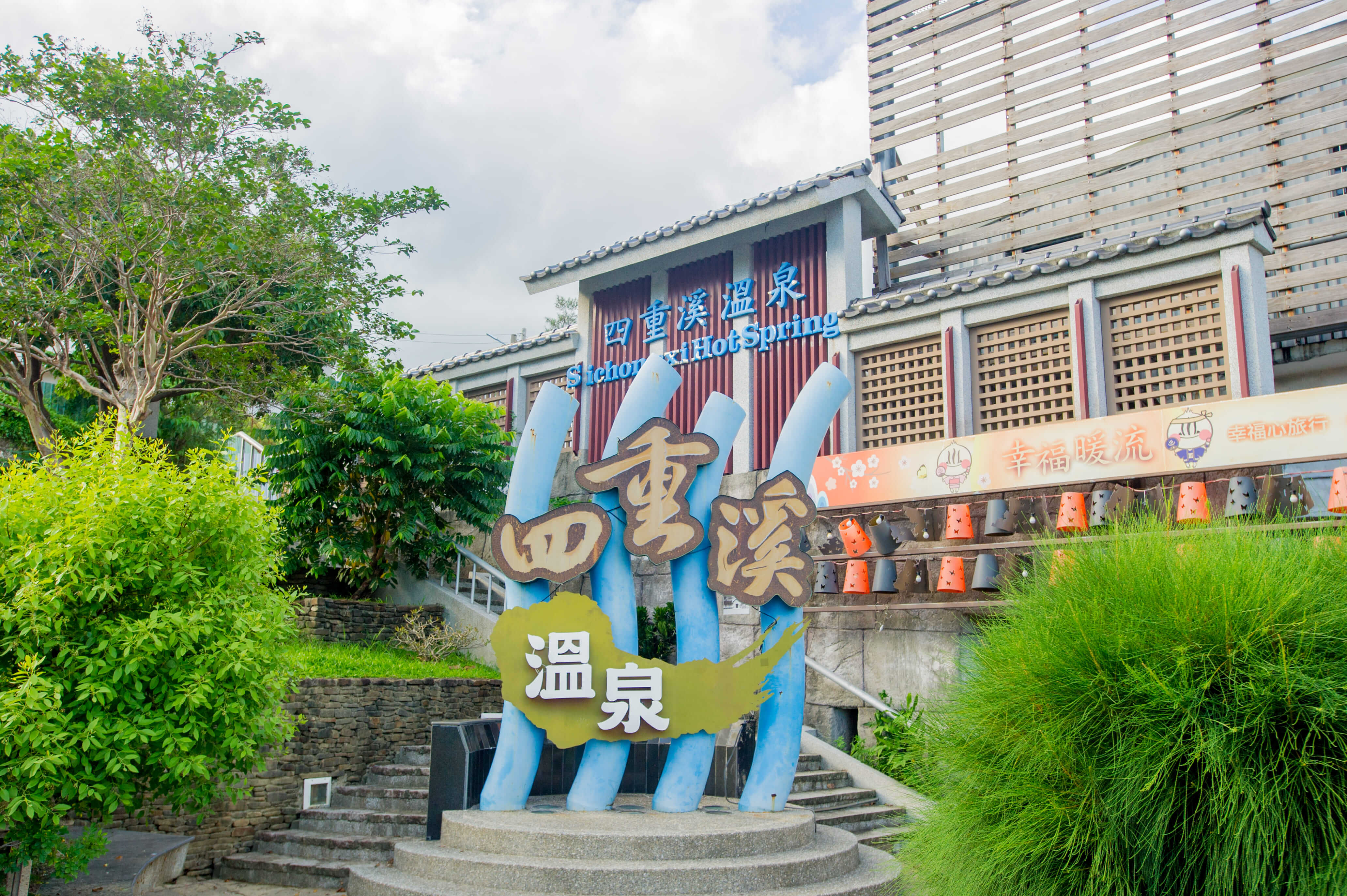Sichongxi Hot Springs Area Introduction
Sijungxi was one of Taiwan's four major hot springs during the Japanese colonial period, along with Guanziling, Yangmingshan, and Beitou. It is also the southernmost hot spring area in Taiwan. During the Qing Dynasty, the local Han people referred to Sijungxi as "Chutang." While surveying the terrain during the Tongzhi era, Shen Baozhen trekked through four streams before reaching the hot spring area, and thus renamed the place "Sijungxi." In 1895, Japanese military police sergeant Takahashi built a hut and a bathing pool in Sijungxi, gradually developing the hot springs. By 1898, Hengchun Prefectural Chief Liu Mu-Tongyi established a police station and a bathing area to develop Sijungxi, marking the beginning of its development. In 1917, the commodity exchange businesses pooled resources to complete basic hot spring infrastructure for the convenience of bathers. In 1950, Sijungxi was officially renamed "Hot Spring Village." The source of Sijungxi hot springs comes from the crevices of the mountain foothills, with a constant and abundant water supply throughout the year. Sijungxi winds through the majestic mountains, featuring beautiful scenery that captivates visitors. The hot spring area is surrounded by mountains, offering a tranquil and elegant environment, making it a famous summer resort and an excellent hot spring destination in Taiwan. The water quality of Sijungxi hot springs is alkaline sodium bicarbonate. The water temperature in Sijungxi varies with the seasons, generally ranging from 50 to 80 degrees Celsius. The spring water contains a large amount of sodium carbonate and is clear and drinkable, suitable for bathing. It significantly promotes blood circulation, relieves muscle stiffness, and alleviates stress. It is said that frequent soaking in Sijungxi hot springs can help alleviate skin diseases, chronic gastrointestinal issues, arthritis, and neuralgia. Interested individuals are encouraged to visit and try it out.
 Sijungxi Hot Spring Park
Sijungxi Hot Spring Park
 Park Entrance Archway
Park Entrance Archway


































